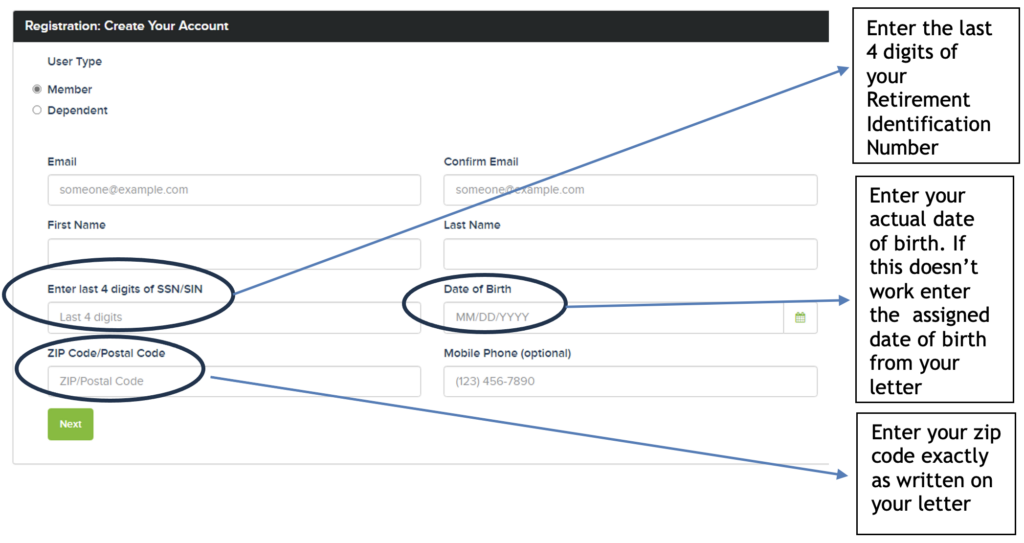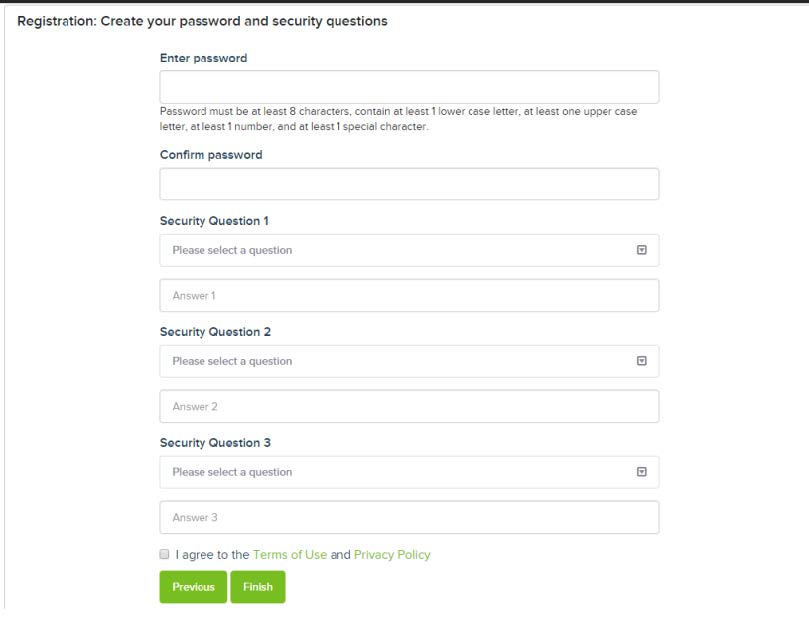Resources
Guidance
for the abundance of opportunities and requirements within child care.
Changes within the field of child care impact us constantly, at both the state and local level. Whether it’s introducing new benefits or implementing new legislation, CCPU and our partners diligently watch for and communicate changes in the social and regulatory environments that impact child care providers. We provide the resources for those changes here and in our provider newsletter.
You support our children.
We support you.
Join the fight for power to providers.
Child Care Licensing
The Child Care Licensing Program strives to provide preventive, protective, and quality services to children in care by ensuring that licensed facilities meet established health and safety standards through monitoring facilities, providing technical assistance, and establishing partnerships with providers, parents, and the child care community. Questions regarding the Program can be directed to your local Regional Office, the Child Care Advocate Program (916-654-1541), or the Centralized Complaint and Information Bureau.
Steps you must take to obtain your license
1. Orientation
Orientation can be attended online or in-person. There is a nonrefundable orientation fee for both options.
2. Compliance
You should familiarize yourself with all family child care home licensing laws and regulations. This will help you pass your inspection and ensure you are knowledgeable about what Licensing Program Analysts (LPAs) may look for in future visits. You can find the most recent version of the Family Child Care Homes (Title 22, Division 12, Chapter 3) rules online.
3. Application
Complete and submit all the information and forms required in the
application packet.
Your application will only be accepted after you have completed the orientation.
Orientation can be attended online or in-person. There is a nonrefundable orientation fee for both options.
You should familiarize yourself with all family child care home licensing laws and regulations. This will help you pass your inspection and ensure you are knowledgeable about what Licensing Program Analysts (LPAs) may look for in future visits. You can find the most recent version of the Family Child Care Homes (Title 22, Division 12, Chapter 3) rules online.
Complete and submit all the information and forms required in the
application packet.
Your application will only be accepted after you have completed the orientation.
Fingerprint Clearance & Background Check
Once your application has been approved, licensing will advise that all adults residing in the home complete the criminal background check process before a license is issued
Who should get a background check?
- Applicant(s) for the child care license
- Any adult residing in the facility
- Any adult who provides care and supervision to children
- Any adult employee or volunteer who has contact with the children
- DO NOT schedule a background check until you receive a facility number from the licensing office!
Pre-Licensing Inspection
A Licensing Program Analyst (LPA) will contact you to
schedule an inspection of your home.
Approval
Once you have passed your inspection, your license will be issued to you. (Sometimes LPAs will grant a license on the day of your initial inspection!) Licenses are valid until they are revoked (suspended) or, renounced (you are no longer operating or choose to forfeit your license) or you move.
- Applicant(s) for the child care license
- Any adult residing in the facility
- Any adult who provides care and supervision to children
- Any adult employee or volunteer who has contact with the children
- DO NOT schedule a background check until you receive a facility number from the licensing office!
A Licensing Program Analyst (LPA) will contact you to
schedule an inspection of your home.
Once you have passed your inspection, your license will be issued to you. (Sometimes LPAs will grant a license on the day of your initial inspection!) Licenses are valid until they are revoked (suspended) or, renounced (you are no longer operating or choose to forfeit your license) or you move.
Quick Tips! When filling out your application
- Do not scratch out anything on your application. This is a legal document.
- Rather than leaving a section blank, write “N/A” when something does not
apply to you. - Taxes: Save receipts for everything related to your business (classes taken; all fees associated with licensing; any supplies/materials purchased)! We recommend tracking it all in an Excel spreadsheet. You can expense it all as a business expense for your taxes. Always consult a tax services professional if you’re unsure of what might constitute a business expense.
Quarterly Updates
Every quarter (January-March, April-June, July-September, October-December) Licensing releases an informational update for child care providers. These bilingual (English, Spanish) bulletins contains safety tips, upcoming changes to regulations, notices about licensing inspections, and more
Provider Information Notices (Pins)
When the state makes changes to licensing regulations, like the Mandatory Abuse Reporter training requirement, Licensing will issues a notices to inform providers. These notices are also available in Spanish.
Every quarter (January-March, April-June, July-September, October-December) Licensing releases an informational update for child care providers. These bilingual (English, Spanish) bulletins contains safety tips, upcoming changes to regulations, notices about licensing inspections, and more
When the state makes changes to licensing regulations, like the Mandatory Abuse Reporter training requirement, Licensing will issues a notices to inform providers. These notices are also available in Spanish.
List of Agencies
After Community Care Licensing, Resource and Referral Agencies are the most important group providers work with. Resource & Referral (R&R) agencies, funded by the California Department of Social Services, partner with families to find and choose child care that best meets their needs. They also support providers by helping them get licensed and offering access to trainings and professional development opportunities. Unfortunately, we often have to jump through many hoops to find the right person to talk to about payment or contracting issues, greatly impacting our livelihoods. Sometimes there can be arbitrary and unfair treatment at the hands of R&R agencies.
That’s where we come in. When hundreds of providers come together — agencies listen. Through 15 years of organizing, we’ve learned a thing or two about what it takes to ensure we are paid on time and treated with respect. Here are a few places you can find help.
Early Learning and Care Division (ELCD)
ELCD Consultants provide assistance and answer questions about early education and support. Consultants vary by region. Find your contact.
CDSS Contractor/Agency Contact Info
CDSS Child Care Bulletins
2023 Child Care Bulletins
2024 Child Care Bulletins
Child Care and Development Programs
The California Department of Education offers information about how child care slots are funded in the state. They are a mix of federal, state, and local funding sources.
Forms/Records to Keep in Your Family Child Care Home
At your home inspection, your Licensing Program Analyst will also review all the required forms and information that you must keep on file in your home, as applicable. Have them readily available at the time of your pre-licensing visit so your Licensing Program Analyst can discuss them with you. Records must be kept for three years.
Laws, Regulations, and Requirements
Child care centers, R&Rs, Alternative Payment (APs), and in-home family child care are all regulated by guidelines set forth by the state and regulated by the California Department of Education. This includes many parts of the California Education Code but most significantly Title V and Title XXII. Title V outlines rules for programs like CalWorks 1 & 2, federal grants, and more. Title XXII outlines regulations and requirements for our license.
Child & Adult Care Food Program
Quality care for little ones means providers wear many hats including making nutritious meals and snacks throughout the day for the children in our care. There are federal/state programs to help ease the cost of meals/snacks for providers. The Child and Adult Care Food Program (CACFP), administered federally by the United States Department of Agriculture, provides reimbursement for eligible meals served. In California, this program is managed by the California Department of Education.
Please keep in mind that there are recording keeping and eligibility requirements. Providers caring for children eligible for subsidy or private pay are both eligible for the program. Providers must sign an agreement with a sponsor to participate in CACFP. The sponsor organizes training, conducts monitoring, and helps with planning menus and filling out reimbursement forms.
Sponsors vary by county. Find a Sponsor.




